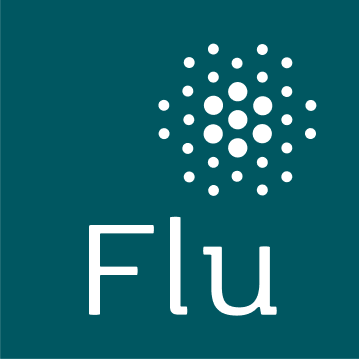Influenza and Other Seasonal Viruses Are Here—Are You Prepared?
Flu and other respiratory viruses are spreading earlier and at higher rates
If you’ve been wondering when this year’s flu season will arrive in the United States, it’s already here—weeks earlier than usual—with influenza causing the highest cumulative hospitalization rates at this point in the flu season in the last 10 years, according to the Centers for Disease Control and Prevention (CDC). Data tracked by the CDC indicates that the highest levels of flu activity and flu-associated complications, such as hospitalizations, are occurring in the southeast and south-central states.
Flu season burden: Preliminary in-season estimates from the CDC
|
|
| Flu illnesses | 1,600,000 — 3,700,000 |
| Flu medical visits | 760,000 — 1,800,000 |
| Flu hospitalizations | 13,000 — 28,000 |
| Flu deaths | 730 — 2,100 |
These preliminary estimates are calculated based on data collected through CDC’s Influenza Hospitalization Surveillance Network (FluSurv-NET).
In the meantime, other seasonal viruses are creating concern for public health. An increase in cases of respiratory syncytial virus (RSV) (a virus that causes infections in the lungs and respiratory tract) and RSV-associated emergency room visits and hospitalizations in children have been recorded, with some US regions experiencing levels typically seen in December. Additionally, a rise in rhinoviruses and respiratory enterovirus infections has been reported.
Prior to COVID, the onset of various seasonal respiratory viruses was somewhat predictable: For example, a wave of RSV would occur in December, subside and then be followed by peak flu activity occurring between December and February (although significant activity can last as late as May); another wave of RSV would follow in the spring. These seasonal respiratory viruses are now all circulating at the same time, overwhelming some hospitals.
With an anticipated surge in COVID-19 infections this winter, the heightened levels of multiple respiratory viruses may put additional strain on healthcare systems over the fall and winter, according to a health advisory issued by the Centers for Disease Control and Prevention (CDC) in early November.
The increases in flu and RSV activity, in conjunction with the ongoing presence of COVID-19, “really is almost a negative trifecta,” said Dr. Anthony Fauci, director of the National Institute of Allergy and Infectious Diseases, on the Conversations on Health Care radio show in early November. “[With] influenza plus RSV, it’s going to be very confounding and might even stress the hospital system, particularly for the pediatric population….We don’t have a vaccination for RSV, but we do have vaccines for flu and COVID, so we need to utilize the countermeasures that we have available to us.”





